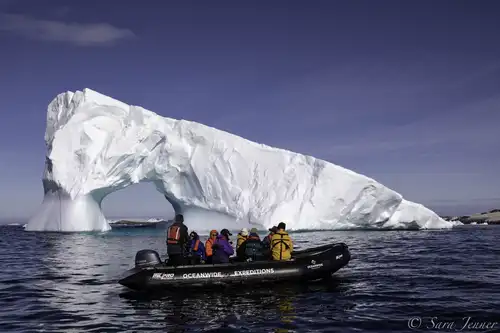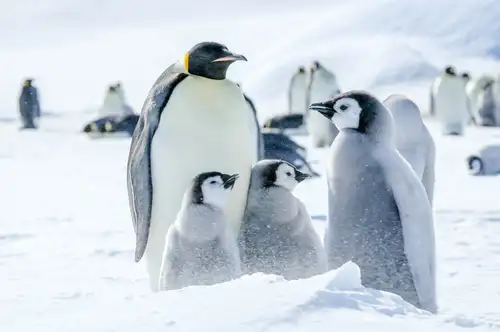The Weddell Sea is situated off the coast of Antarctica, at the southernmost part of the Atlantic Ocean. Its coordinates are 75 degrees south and 47 degrees west, encompassing the Argentine, Chilean, and British territories of Antarctica. The severe weather and extensive pack ice have historically made the Weddell Sea challenging to access, but modern icebreaker ships are now enabling explorers to venture into this remote area.
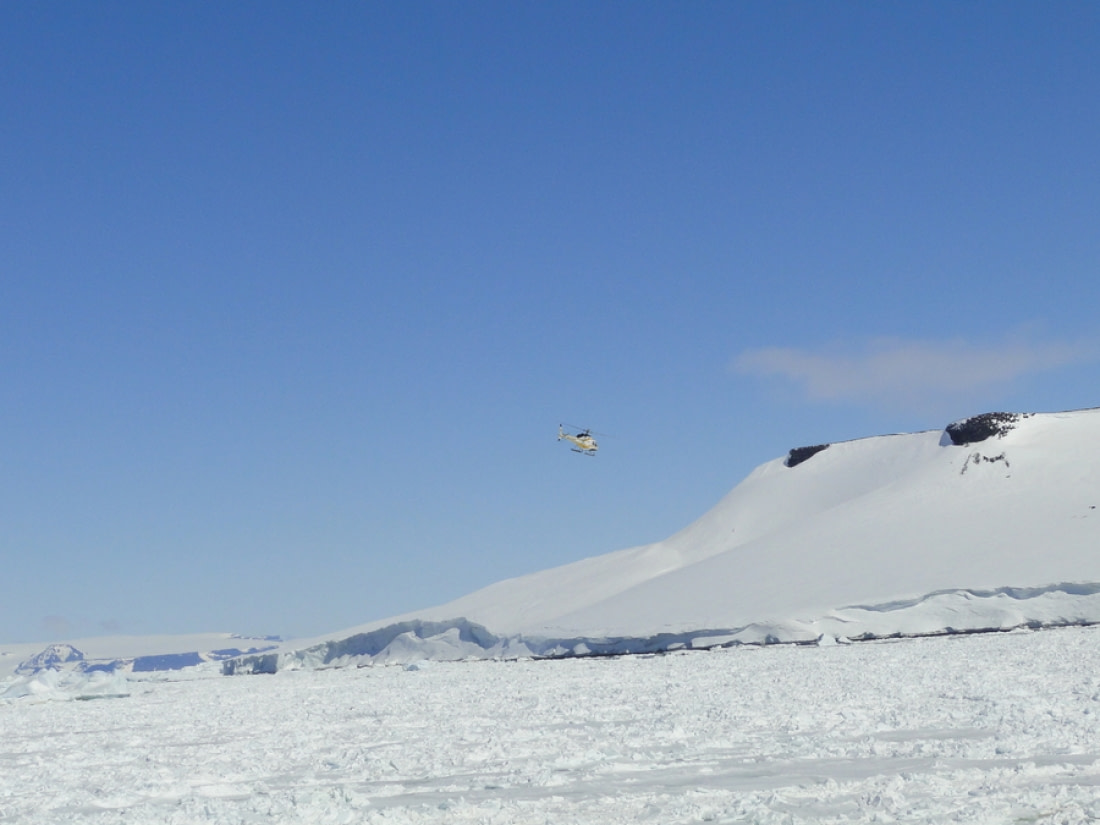
The environment of the Weddell Sea
The climate in the Weddell Sea is extremely harsh, characterized by strong, cold winds and abundant pack ice. This region plays a crucial role in the global climate and ocean circulation.
The technical term for this is thermohaline circulation. "Thermo" refers to temperature, and "haline" refers to salt levels. Thermohaline circulation is a natural process where differences in water temperature and salinity drive the movement of ocean waters around the globe.
The Weddell Sea significantly contributes to this water cycle by providing cold, northward-moving water. It is also renowned for having some of the clearest waters of any saltwater location in the world, with visibility so good that researchers can see objects as far down as 262 feet, comparable to distilled water.
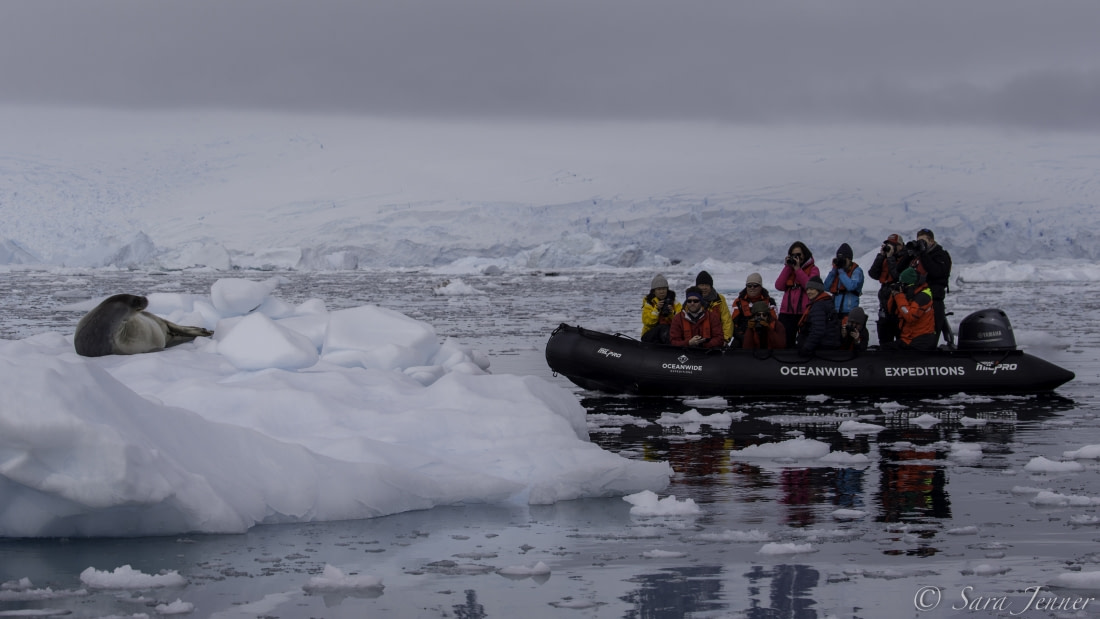
Weddell Sea history
The Weddell Sea is named after James Weddell, a Scottish explorer and seal hunter who first sailed the area in 1823, initially naming it "the sea of King George IV." It was later renamed in his honor.
This sea is also famous for being the location where Ernest Shackleton's expedition to cross Antarctica was halted. In 1915, Shackleton aimed to traverse Antarctica, including passing by the South Pole.
Unfortunately, his ship, the Endurance, became trapped in the ice. Shackleton and his crew stayed with the ship for ten months until it was eventually crushed by the ice. The men then spent another five months trekking over the ice, eventually reaching Elephant Island via lifeboat.
They were eventually rescued and returned home. Despite the harsh conditions, every man survived the two-year ordeal.
The wildlife of the Weddell Sea
Despite its harsh environment, the Weddell Sea is rich in wildlife. Massive swarms of krill support populations of seals, penguins, and baleen whales, which in turn attract predators like orcas (Orcinus orca). The abundant pack ice makes this an ideal habitat for many species of seals and penguins, key attractions for Antarctic cruises.
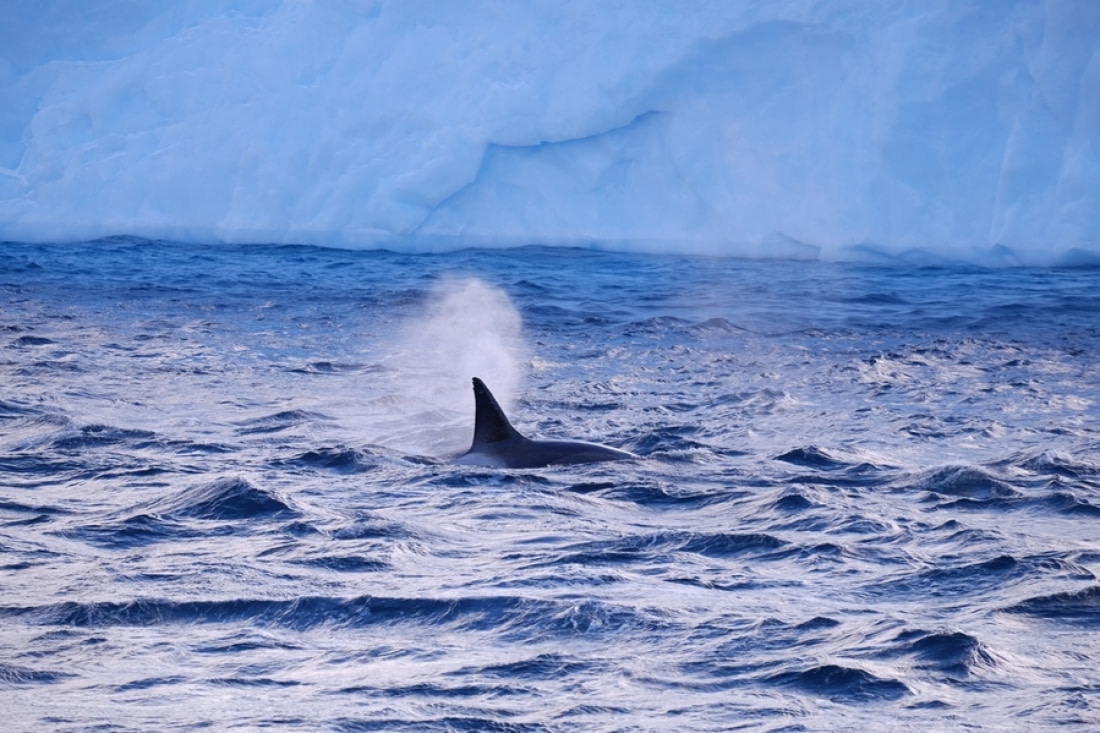
Seals (Weddell and non)
The Weddell seal (Leptonychotes weddellii) is commonly seen in the area. They prefer in-shore habitats and are found all over Antarctica. Known for their docile nature, they are easy to observe.
The crabeater seal (Lobodon carcinophaga) is another common seal in the region. Slightly smaller than the Weddell seal, they are about two meters long and are mostly seen on pack ice. The crabeater seal is a common prey for the leopard seal.
The leopard seal (Hydrurga leptonyx) is one of the top predators in the Antarctic region, preying on other seal species. While beautiful, they have been known to attack humans and are best admired from a distance.
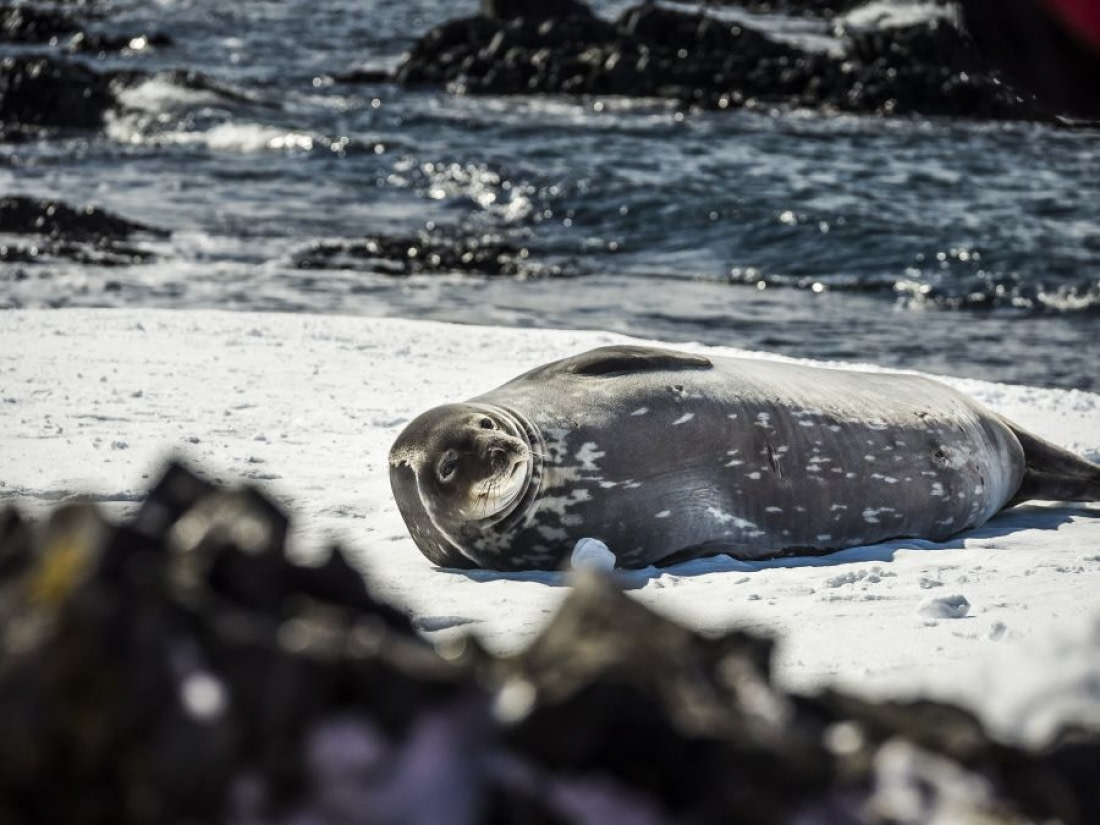
Weddell Sea penguins
The Adélie penguin (Pygoscelis adeliae) is abundant in the Antarctic region. This small penguin is distinctive due to the white circles around its eyes. Recently, researchers discovered a colony of emperor penguins (the largest penguin species) at Snow Hill Island.
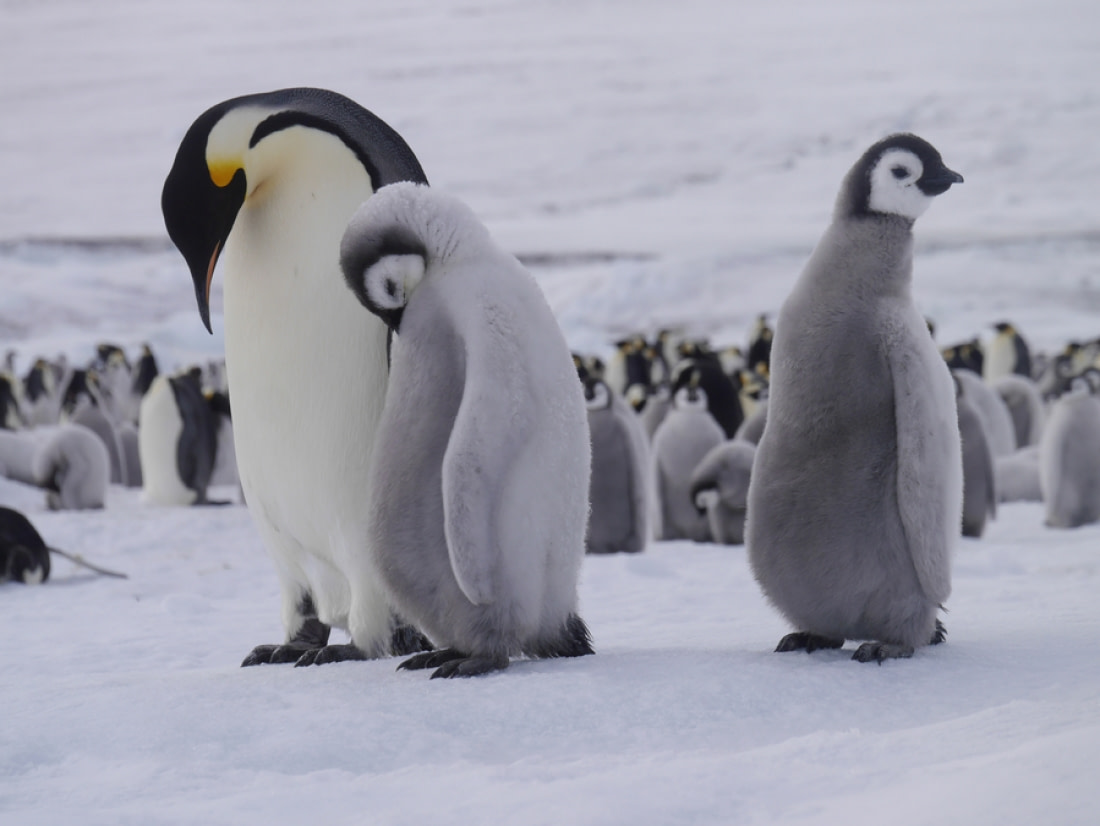
Whales of the Weddell Sea
The vast amounts of Antarctic krill attract several large baleen whale species. The southern minke whale (Balaenoptera bonaerensis) and the humpback whale (Megaptera novaeangliae) are the most commonly seen whale species in the Weddell Sea. However, the blue whale (Balaenoptera musculus), the southern right whale (Balaena glacialis), the sei whale (Balaenoptera borealis), the fin whale (Balaenoptera physalus), and the sperm whale (Physeter microcephalus) also visit the Antarctic region. The populations of seals and penguins attract pods of orcas (Orcinus orca), known for their group hunting skills, including creating waves to wash seals off pack ice into the water.
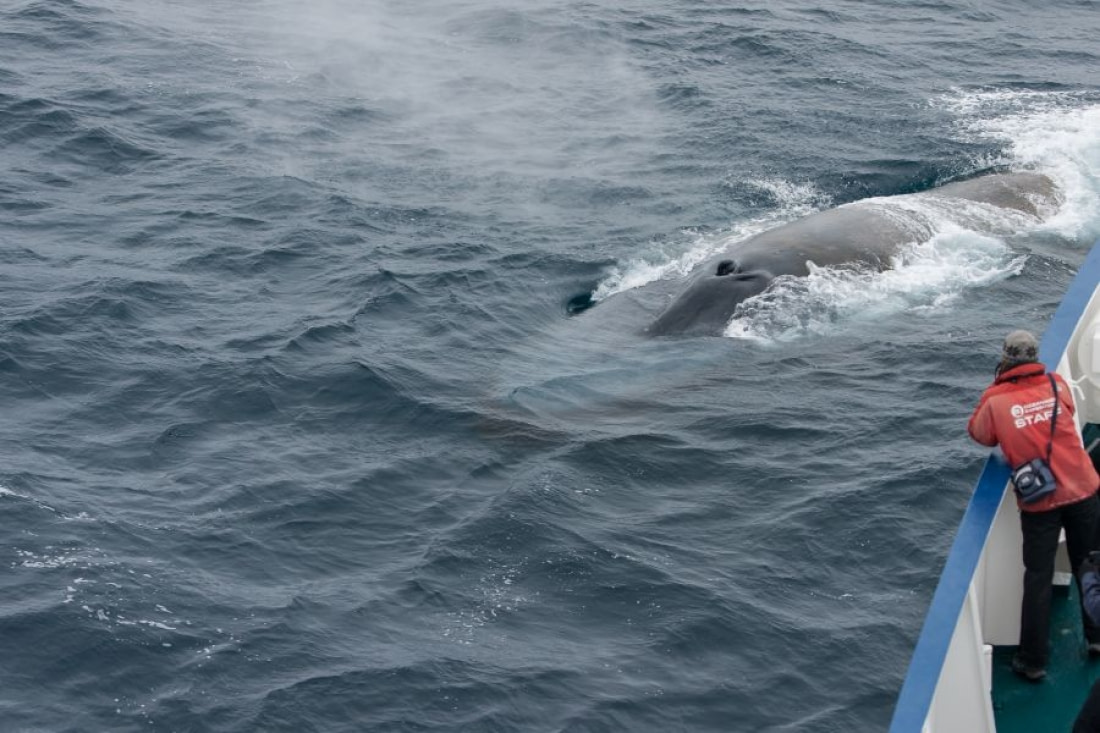
Weddell Sea Antarctica cruises
Adventurers can reach the Weddell Sea via ice-strengthened ships, accessing only the farthest northwest reaches due to the impenetrable ice. The Weddell Sea is closest to Argentina, and cruises typically depart from the small resort town of Ushuaia. Visitors to Ushuaia can enjoy skiing, tour the Tierra del Fuego National Park, or visit the Martial Glacier. The journey to the Weddell Sea from Ushuaia takes around four days, depending on weather conditions.
Once there, you can explore the area by land, sea, and even air on voyages that include helicopter flights. There are numerous interesting species to see, as well as old whaling stations and research facilities. The extent of exploration depends on the ice, but there is always plenty of adventure to be had in the Weddell Sea.
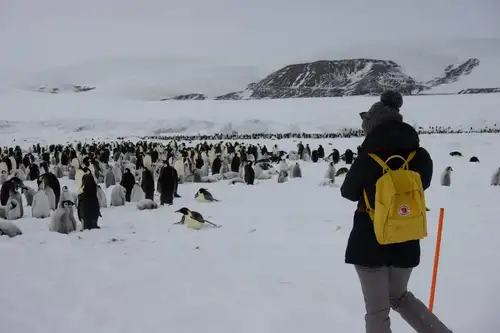




Related Trips
Blog


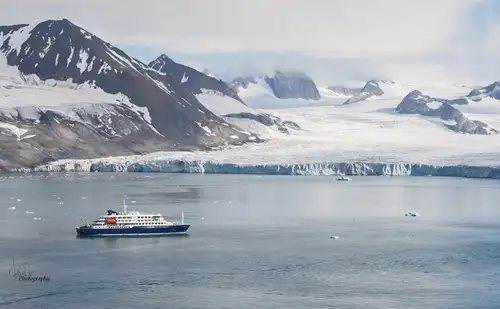
What’s so Special about East Spitsbergen?

Hondius Photography and Video Workshops
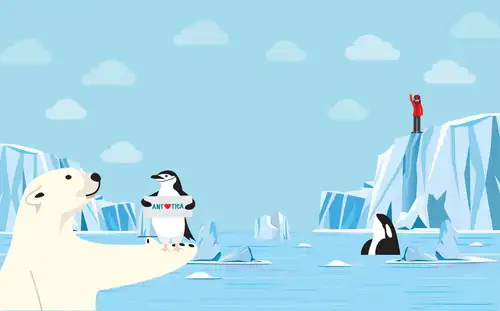
Arctic vs. Antarctica: A Traveler’s Guide

The disastrous expedition in the Arctic west
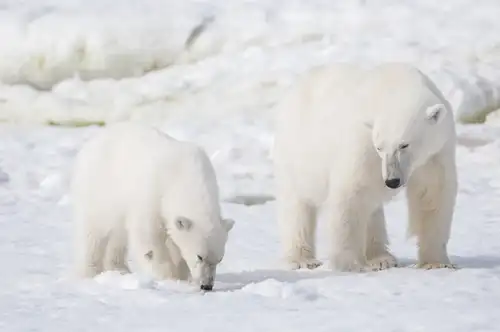
The polar bear: king of the Arctic food chain
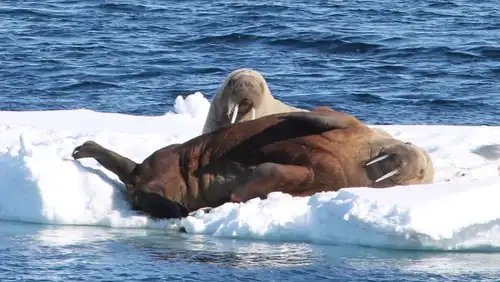
Svalbard’s 12 Most Iconic Animals
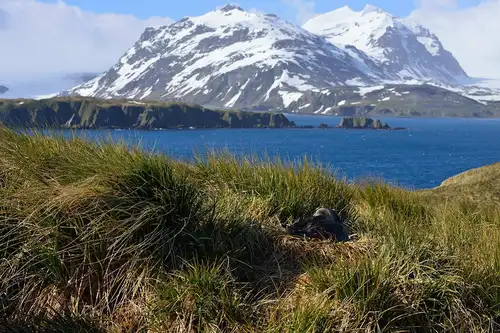
Flowers in Antarctica
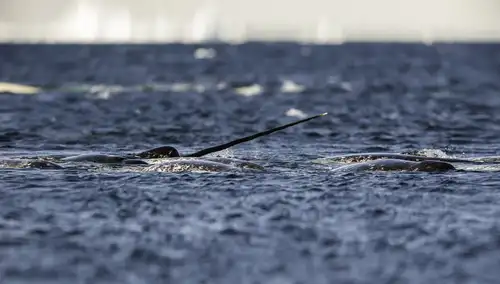
Narwhals: the Aquatic Unicorns of the Arctic
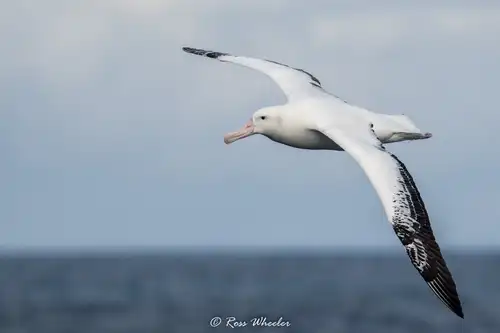
The Eight Albatrosses of Antarctica and the Sub-Antarctic
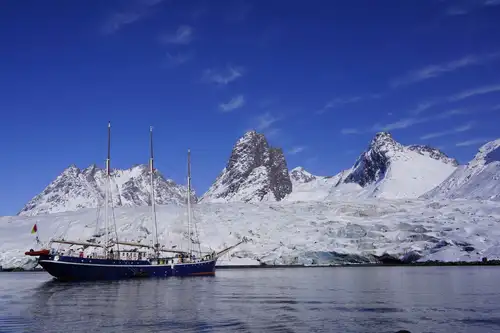
5 Misconceptions You Might Have About Greenland
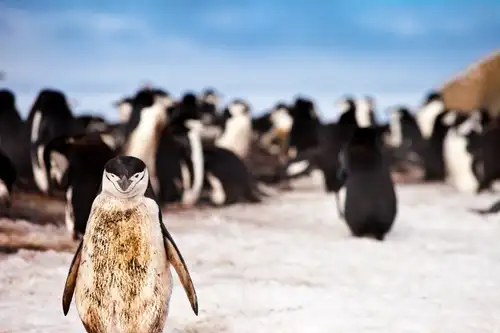
Seven Facts About Antarctic and Sub-Antarctic Penguins
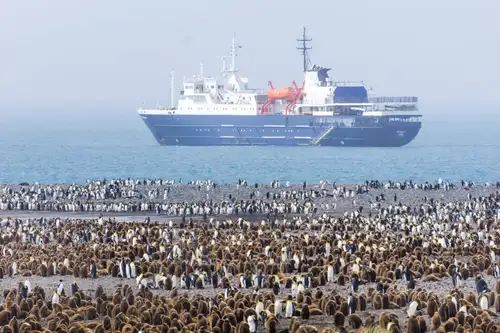
Three Antarctica Cruise Deals

Humpback Whales: the Stars of the Western Antarctic Peninsula
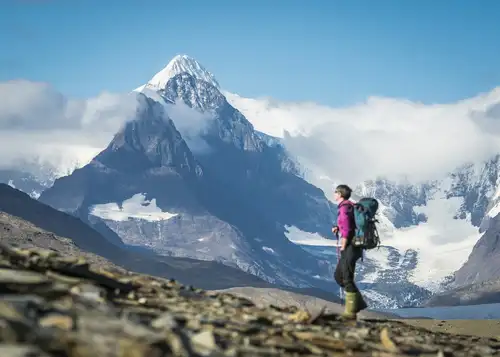
Path of Polar Heroes: Hiking Shackleton’s Historic Route
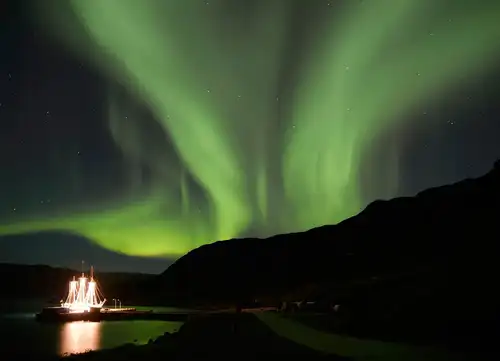
North Norway, Northern Lights, and All the Pretty Whales
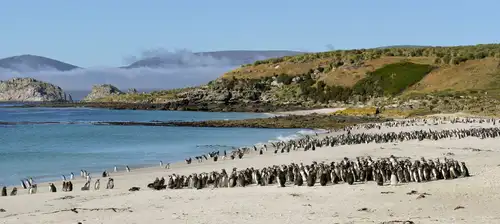
17 Reasons to Cruise the Falklands
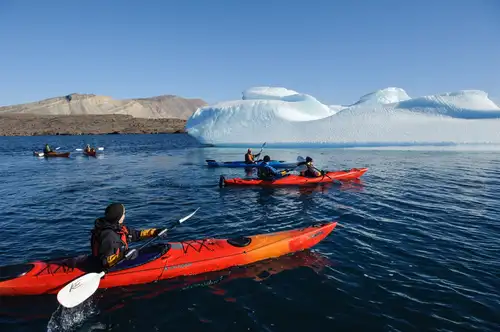
Greenland: Where the Kayak Was Invented
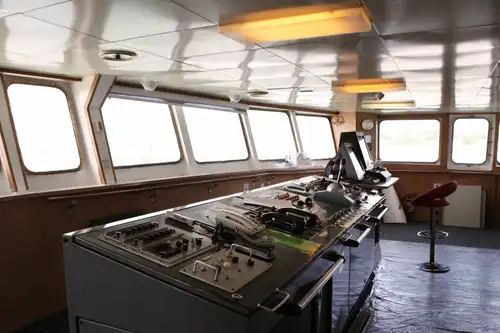
Navigating by touch through the sea ice
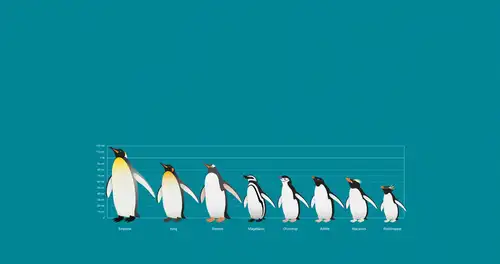
The Eight Great Penguin Species of Antarctica
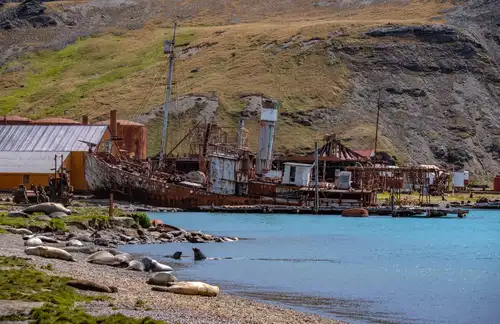



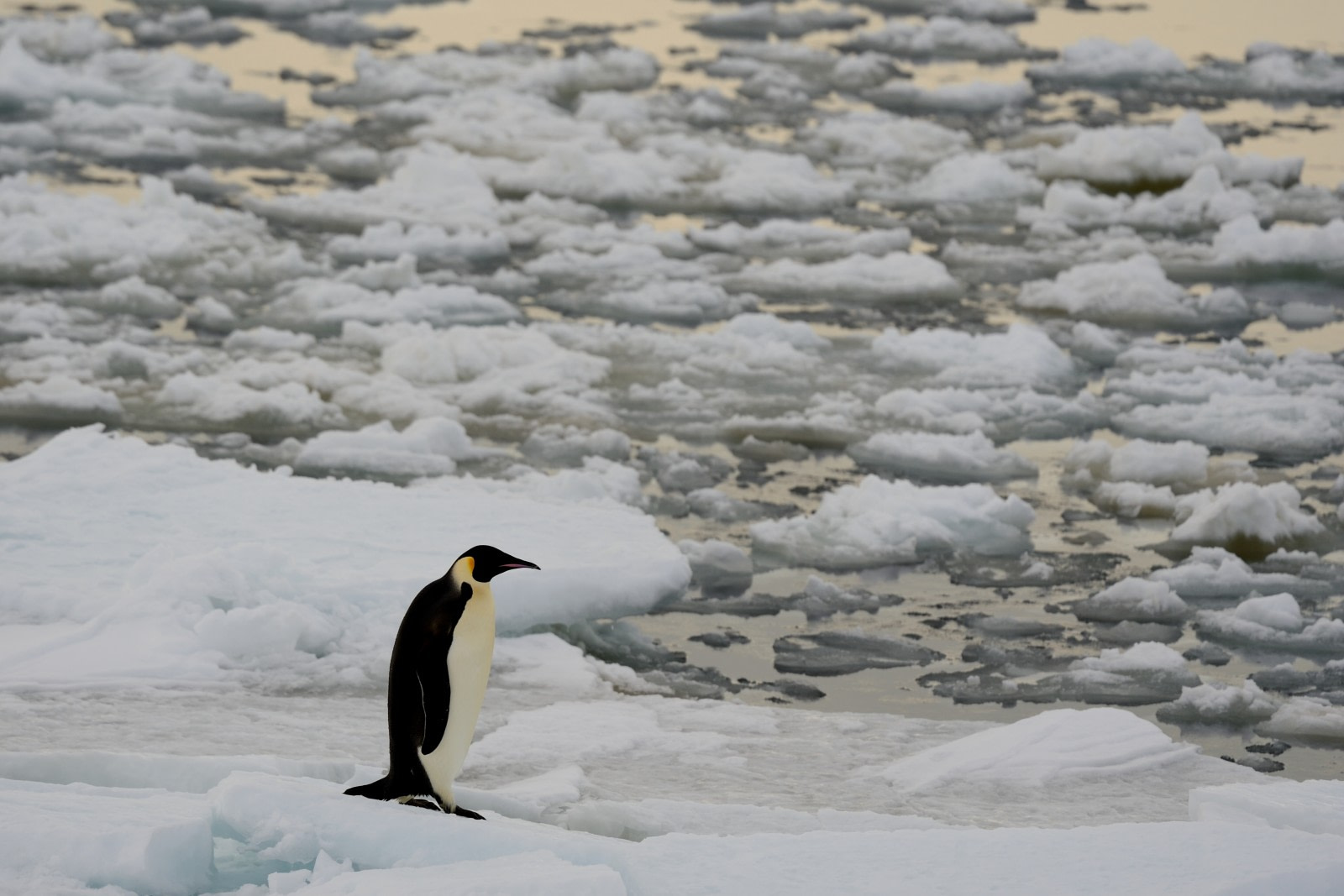

 11 Days / 10 Nights
11 Days / 10 Nights
